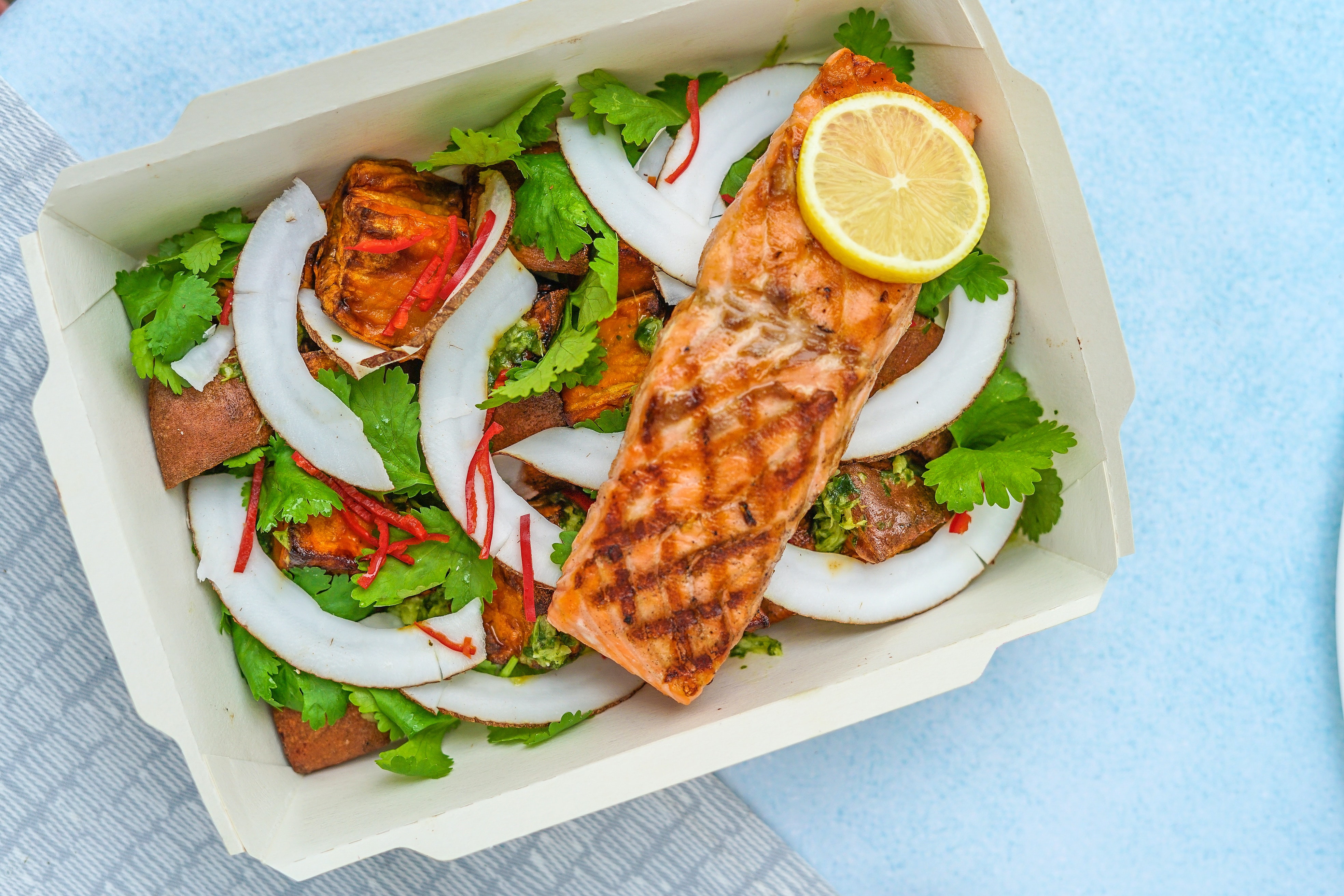 The ketogenic diet has taken on new life over the past few years and the trend does not seem to be slowing. Originally developed in the 1920s as a therapeutic means to reduce epileptic seizures, it fell by the wayside once drugs were developed to aid the condition. Nowadays, the general public is looking to this diet plan for aid in weight loss but also for its utility in Alzheimer’s disease, Parkinson’s disease, reducing leptin and aiding in glaucoma symptoms.
The ketogenic diet has taken on new life over the past few years and the trend does not seem to be slowing. Originally developed in the 1920s as a therapeutic means to reduce epileptic seizures, it fell by the wayside once drugs were developed to aid the condition. Nowadays, the general public is looking to this diet plan for aid in weight loss but also for its utility in Alzheimer’s disease, Parkinson’s disease, reducing leptin and aiding in glaucoma symptoms.
Here is the deal, for some people it is really hard to “get into ketosis” and it is even hard to maintain this diet for an extended period of time. Just because you are eating a low carb diet does not mean you are in ketosis. And for some, converting any fuel (glucose or ketones) into energy may be compromised.
If you are set on the program, you must measure your ketones and ensure you are in ketosis. Try the KetoMojo Meter. Know your nutritional needs and make sure your macros are around 70% fat – 20% protein – 10% carbs. This is NOT a high protein program. Your 10% carbohydrates should be from a colorful array of vegetables and maybe even a few berries once you are in regular ketosis. Look to achieve general ketone range of 1.0 – 3.0 mmol/L. If you cannot get into ketosis, try a two week period of 20 grams total carbs per day (not net carbs, total carbs).
All things considered, the fact that this very high fat, very low carbohydrate diet is nutritionally unbalanced for the long run. Your ultimate goal should be to eat as many colorful vegetables as possible while still staying in ketosis. This will maximize your fiber, vitamins and minerals and this will support your gut microbiome. You cannot have true health without these; building immunity and muscle, repair and proper energy all require a host of nutrients.
I also want to caution against giving non-nutritive sweeteners a pass. We all need to keep our sweet treats in check so to remain sensitive to nature’s naturally sweet treats. Blackberry anyone?
Try this instead:
If you are a healthy adult who wants to lose weight, get stronger and leaner; all while building immunity and true health, try a low-carb diet: best quality lean protein + quality, healthy fats + 9-12 servings of vegetables (including a few servings of starchy vegetables each day). Fruit is optional with all of the lovely vegetables but a small serving or two can be a great little treat a few times each week. Use a carb app to find your sweet spot of leafy and crunchy carbs to starchy carbs.
Seems like work? Well sticking to a ketogenic diet is far more work and far less fun! Plus, a larger variety of real food is delicious!
Consider this wonderful plant-based dish as a light lunch or add extra protein for a full meal: keto kitachari



